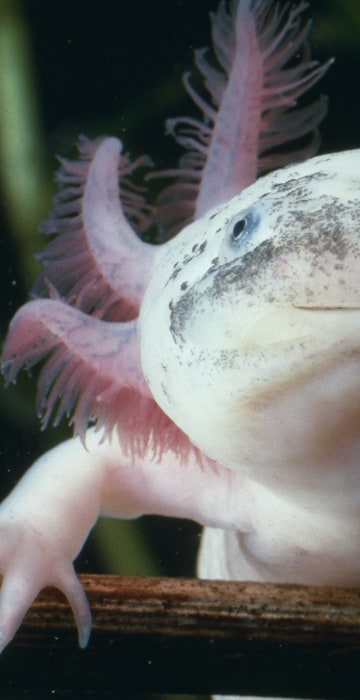
Pets
18 of the strangest animals ever
From red-lipped fish to leaf-nosed bats, see 18 of the most bizarre members of the animal kingdom.

18 bizarre animals
TODAY's multimedia editors Mish Whalen and Samantha Okazaki often come across photos of animals that, quite frankly, freak them out.
In this slideshow, see the weirdest animals that have made photo editors laugh and cringe at the same time.
The red-lipped batfish
This fish, found around the Galapagos Islands, is mainly known for its bright red lips. As weak swimmers, batfish tend to crawl the ocean floor. When the batfish reaches maturity, its dorsal fin becomes a single spine-like projection (thought to function primarily as a lure for prey).
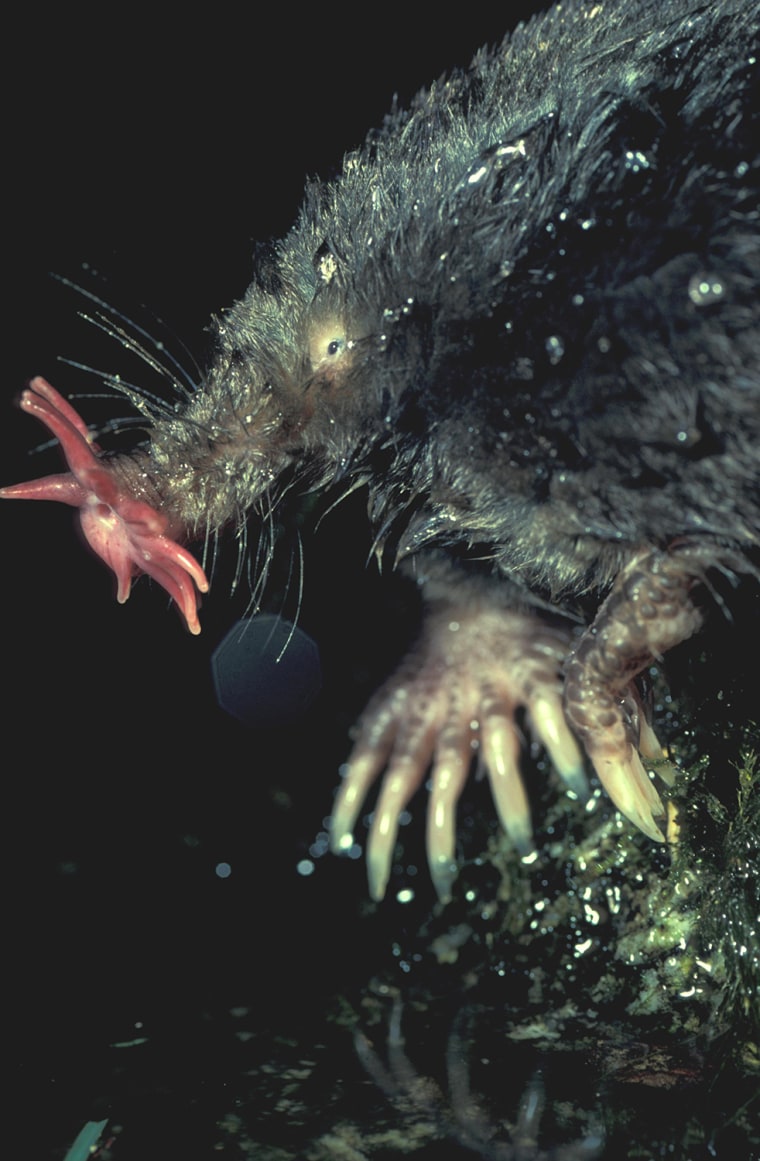
Starry eyed
The star-nosed mole is a small carnivorous mammal native to eastern North America. Star-nosed moles have water-repellent fur, which is perfect for the damp marshes they inhabit, and a thick tail that engorges with fat during the winters.
Like all moles, this critter has a limited sense of sight, and instead relies on its peculiar snout. The "star" is comprised of 22 hyper-sensitized tentacles that help track and consume prey.
The star-nosed mole also blows and re-inhales air bubbles underwater as fast as five to 10 times per second to track prey.
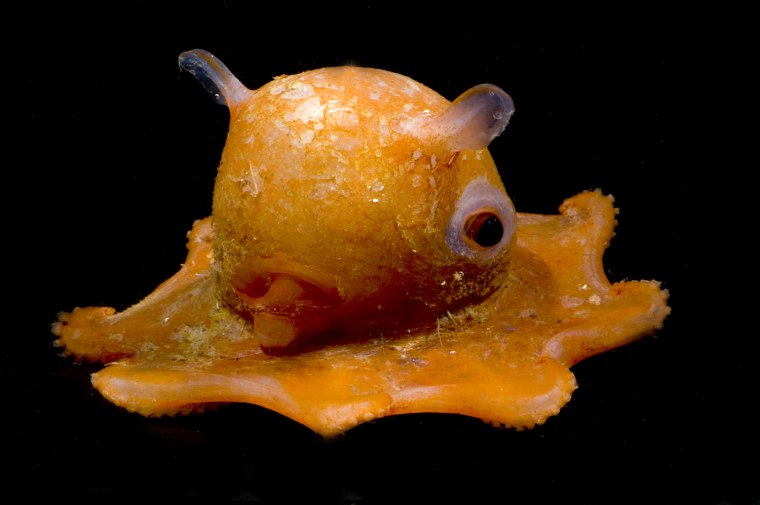
You guys made me ink!
The flapjack octopus is commonly called Dumbo due to the ear-like fins that protrude from its round body. They are a deep water species and reside at more extreme depths than most octopi.
You may recognize the flapjack's pop culture counterpart: Pearl in Disney Pixar's "Finding Nemo."
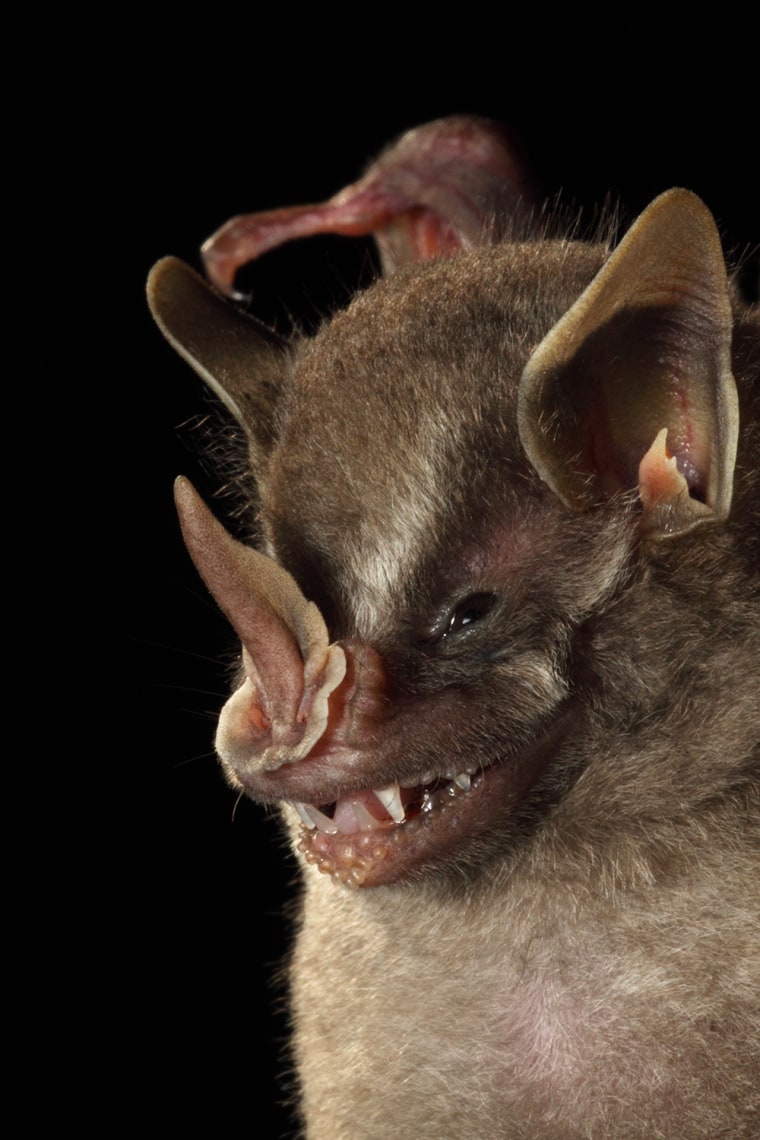
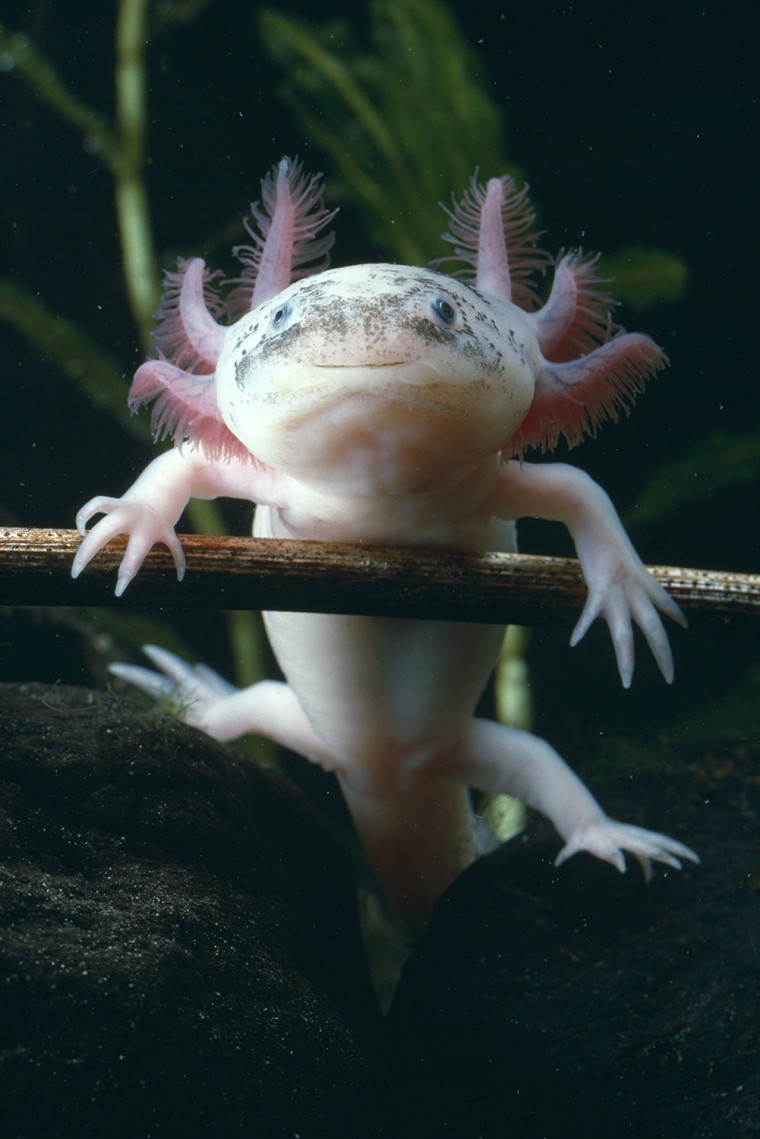
Silly salamander
The axolotl is native to the freshwater channels and deep lakes of central Mexico.
Axolotis never actually undergo complete metamorphosis, so they remain in their larval state for their whole lives. They also have the ability to completely regenerate any limb.
This little water critter is part of an incredibly small surviving wild population. In 2006, the axolotl was placed on the list of critically endangered animals, according to the IUCN Red List of Threatened Species. It was presumed to be an extinct species until recent sightings in 2014 proved otherwise.
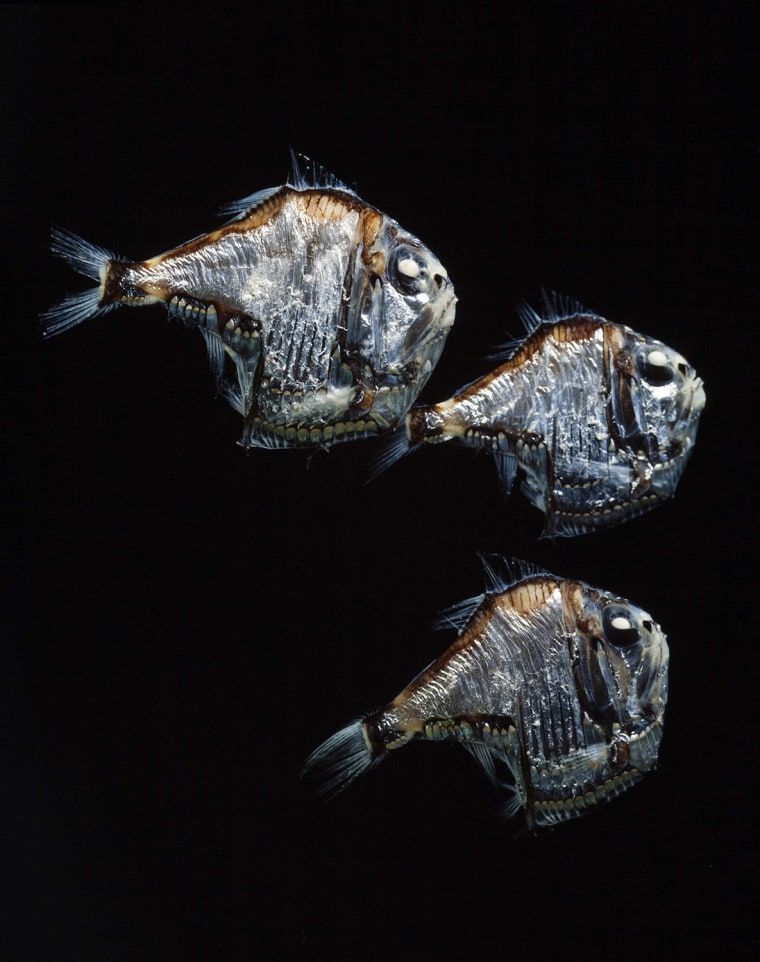
Chopper
The deep sea hatchetfish gets its name from the distinct hatchet blade-like shape of its body. There are about 45 individual species of hatchetfish that vary in size from one to six inches.
Hatchetfishes are one of the many deep sea creatures that have the ability to create their own light through a process known as bioluminescence.
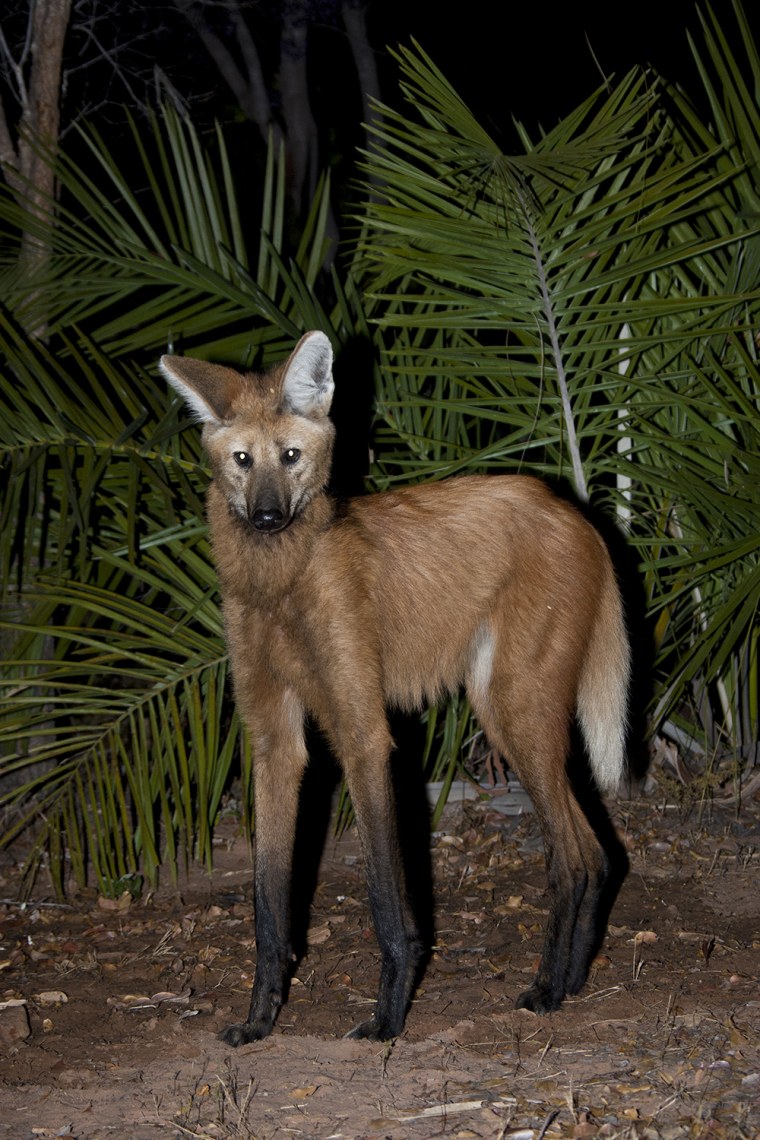
What long legs you have
The maned wolf is the tallest wild canid and is quite agile on its four spindly legs. They inhabit open forests and savannas of central South America, like this wolf who was seen hunting at night in Brazil.
These wolves can also rotate their tall ears to listen for prey in the grass.
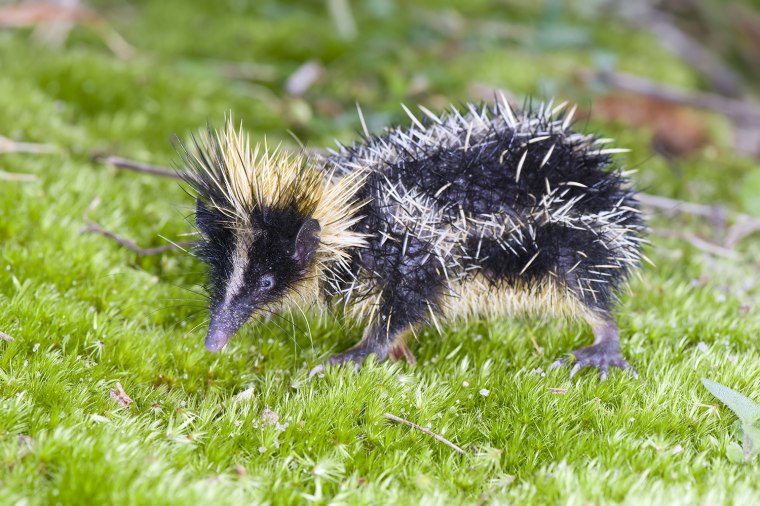
Tiny but tough
Don't be suckered by this pocket-sized nugget. The lowland streaked tenrec, which is endemic to Madagascar, is covered in quills that can easily be dislodged if it feels threatened.
The tenrec's quills are more than just protective. The small forager is the only mammal known to use stridulation, or the rubbing together of body parts, to generate sound.
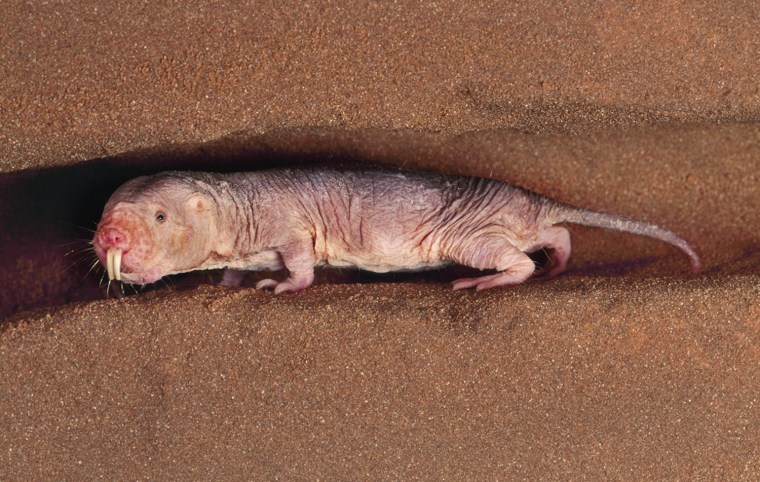
Who needs clothes?
Naked mole rats are anything but attractive. Their squirmy, fleshy, wrinkly bodies resemble hairless cats, but with longer teeth.
As it turns out, this physique is rather beneficial to the mole rat lifestyle. The rodents dig underground burrows where they live in colonies, and because they rarely see the sun, they don't need to grow a protective layer of hair.
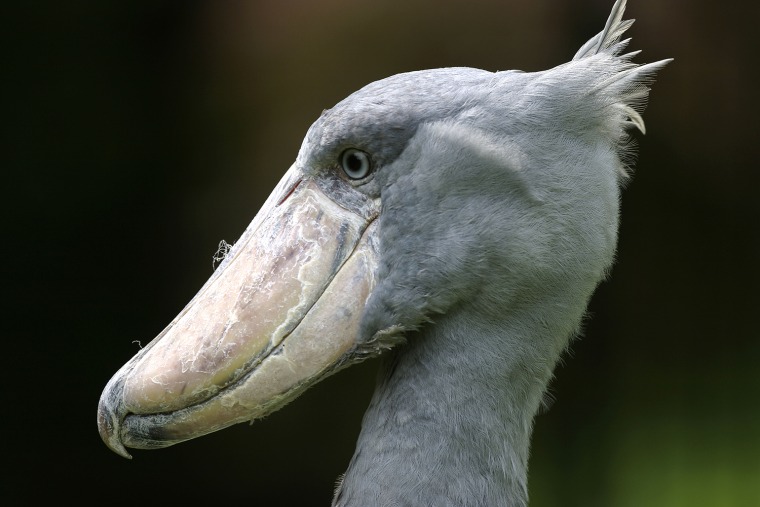
A face only a mother could love
This weird fowl certainly fits the bill.
The shoebill is a very large stork-like bird. It derives its name from its massive shoe-shaped bill.
The shoebill, a solitary species rarely found in groups, lives in tropical east Africa in large swamps from Sudan to Zambia.
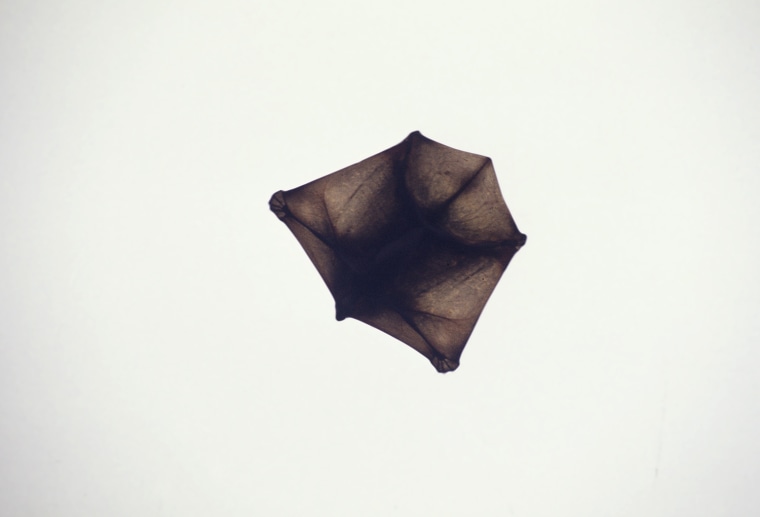
Fly, be free!
The Malayan flying lemur is neither flying, nor a lemur. But that elusiveness is what makes it such an interesting animal.
Like flying squirrels, lemurs glide rather than fly. The flying lemur can be found gliding through evergreen forests in Malaysia and other parts of Indochina. They are nocturnal animals, and although they are swift and capable gliders, they are clumsy climbers and helpless on the ground.
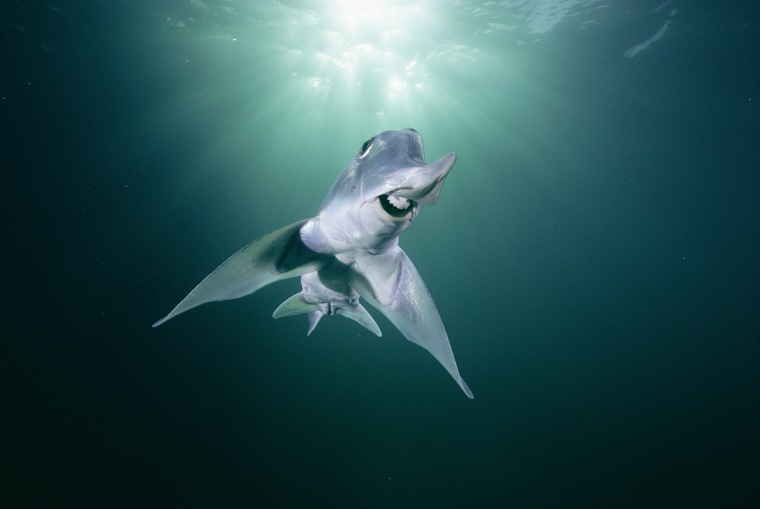
Dumbo or Jaws?
Callorhinchus milii, more commonly known as the plough-nosed chimaera or ghost shark, have a downhanging snout that has been compared to the trunk of an elephant.
They are a cartilaginous fish that are related to sharks and have enlarged pectoral fins which flap in a wing-like manner for swimming.
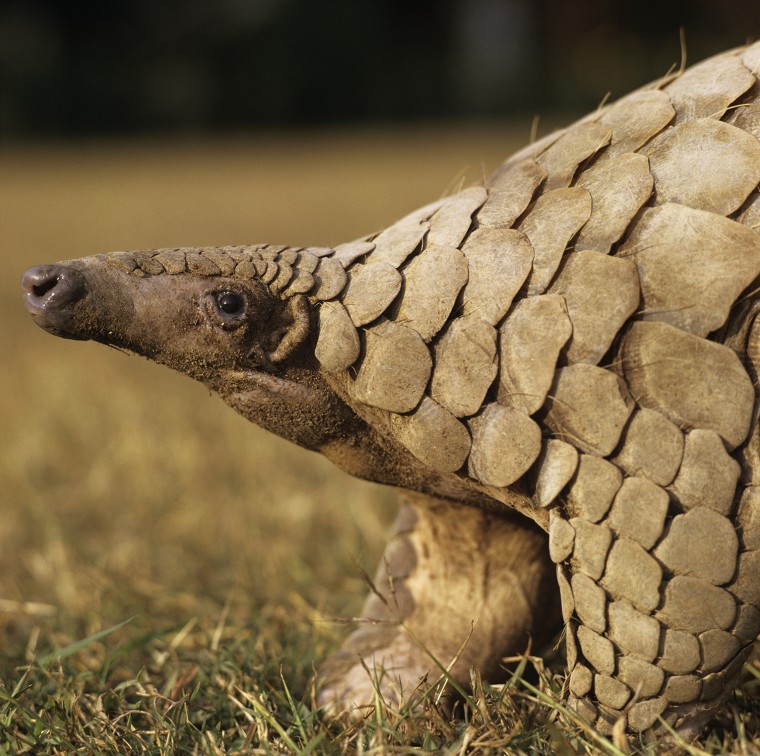
Valyrian steel
This little guy looks like he is ready for a fight scene on "Game of Thrones."
A pangolin, also called a scaly anteater, is a mammal with large keratin scales covering its skin. It is the only known mammal with this covering. Found in tropical regions throughout Africa and Asia, the name comes from the Malay word pengguling, meaning "something that rolls up". Pangolins lack teeth and the ability to chew and instead tear open ant hills or termite mounds with their powerful front claws and probe into them with their very long tongues.

Here kitty, kitty
It looks like a cross between a cat and dog, but it is really a relative of the mongoose. The fossa is unique to the forests of Madagascar and feeds on lemurs, wild pigs and mice. Unlike mongooses, and more like felines, the fossa has retractable claws and catlike teeth. Its coat is reddish brown and its muzzle resembles that of a dog. The fossa is also equipped with a long tail that comes in handy while hunting and maneuvering amongst the tree branches.
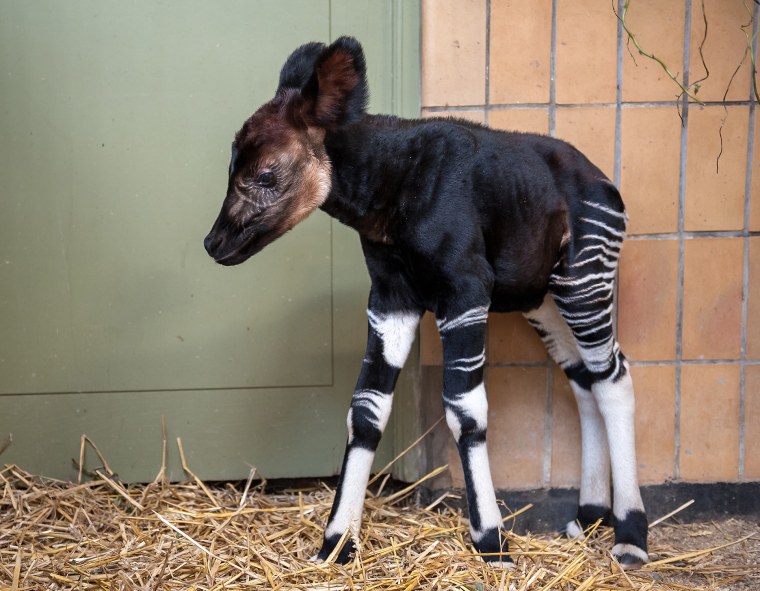
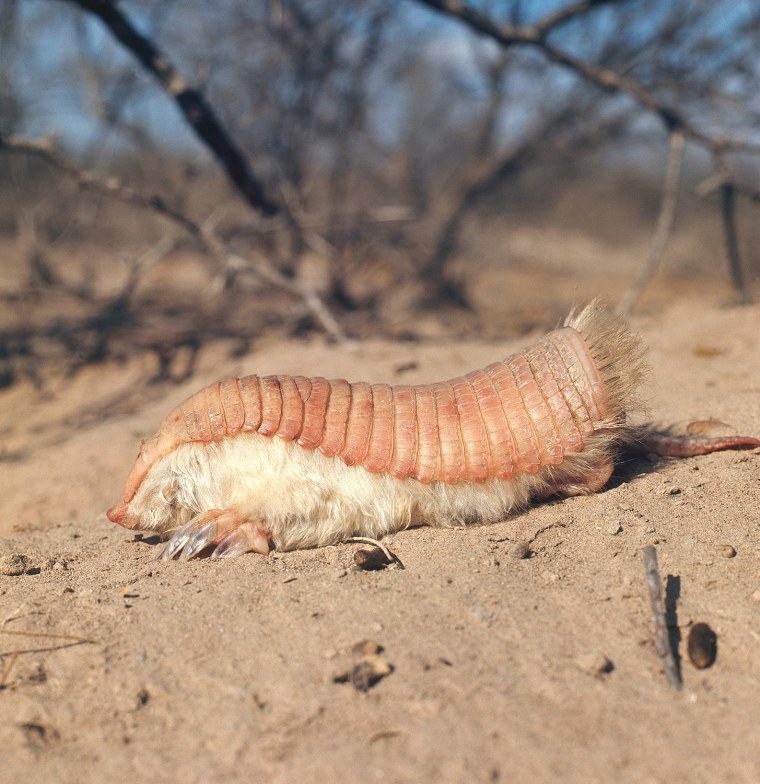
Ready for battle
Is it a lobster? Is it a fuzzy caterpillar? Neither.
This is a pink fairy armadillo (hint: the face is on the left) and it is native to central Argentina. Even though the pink fairy is the smallest of the armadillo species, we're still not sure if we want to cuddle it or steer clear of its armored path.
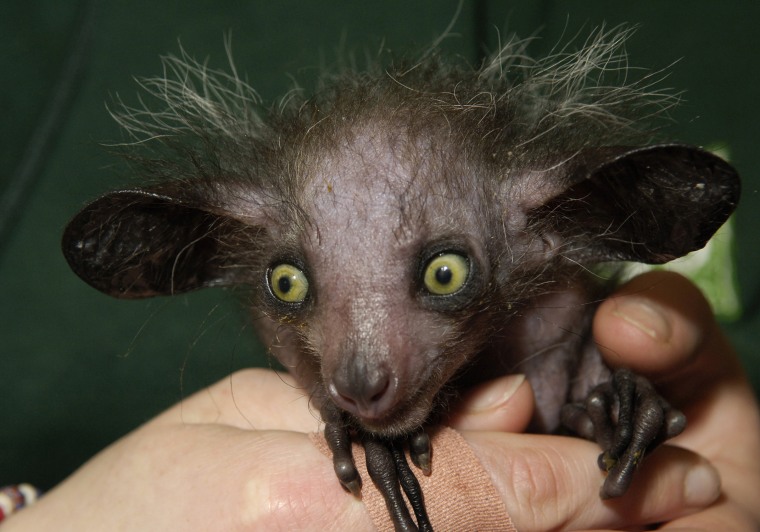
Aye yai yai!
Aye-ayes can be found only on the island of Madagascar. These rare animals may not look like primates, but they are related to chimpanzees, apes and humans. Aye-ayes are dark brown or black and are distinguished by a bushy tail that is larger than their body. These nocturnal creatures spend their lives in rain forest trees and avoid coming down to the ground.
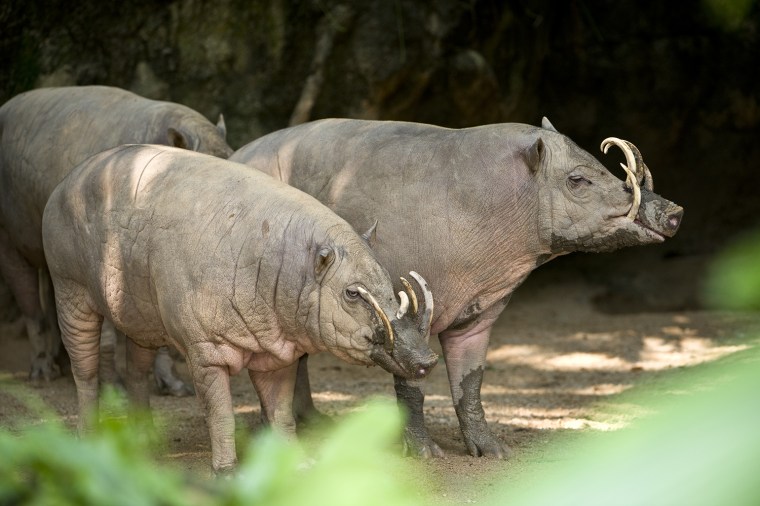
Hakuna matata
This animal that looks like Pumba from Disney's "The Lion King" is a North Sulawesi babirusa, a pig-like animal native to islands in Indonesia. It has two pairs of large tusks composed of enlarged canine teeth. The upper canines penetrate the top of the snout, curving back toward the forehead.